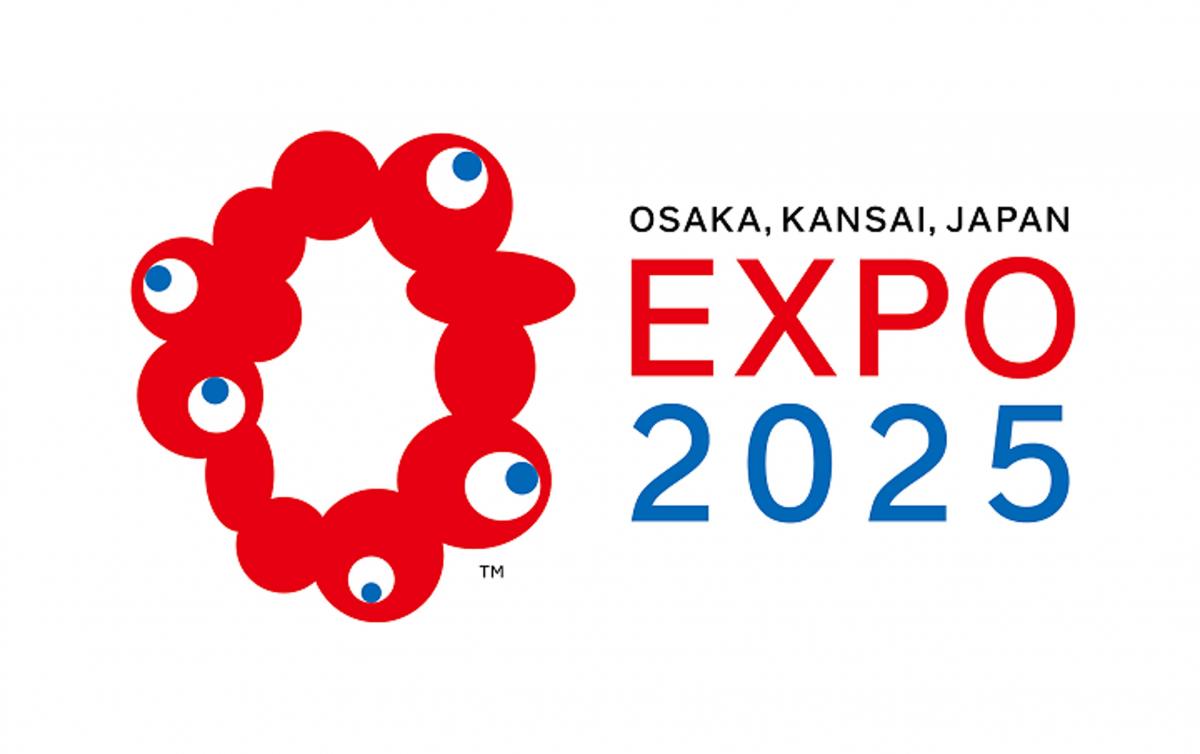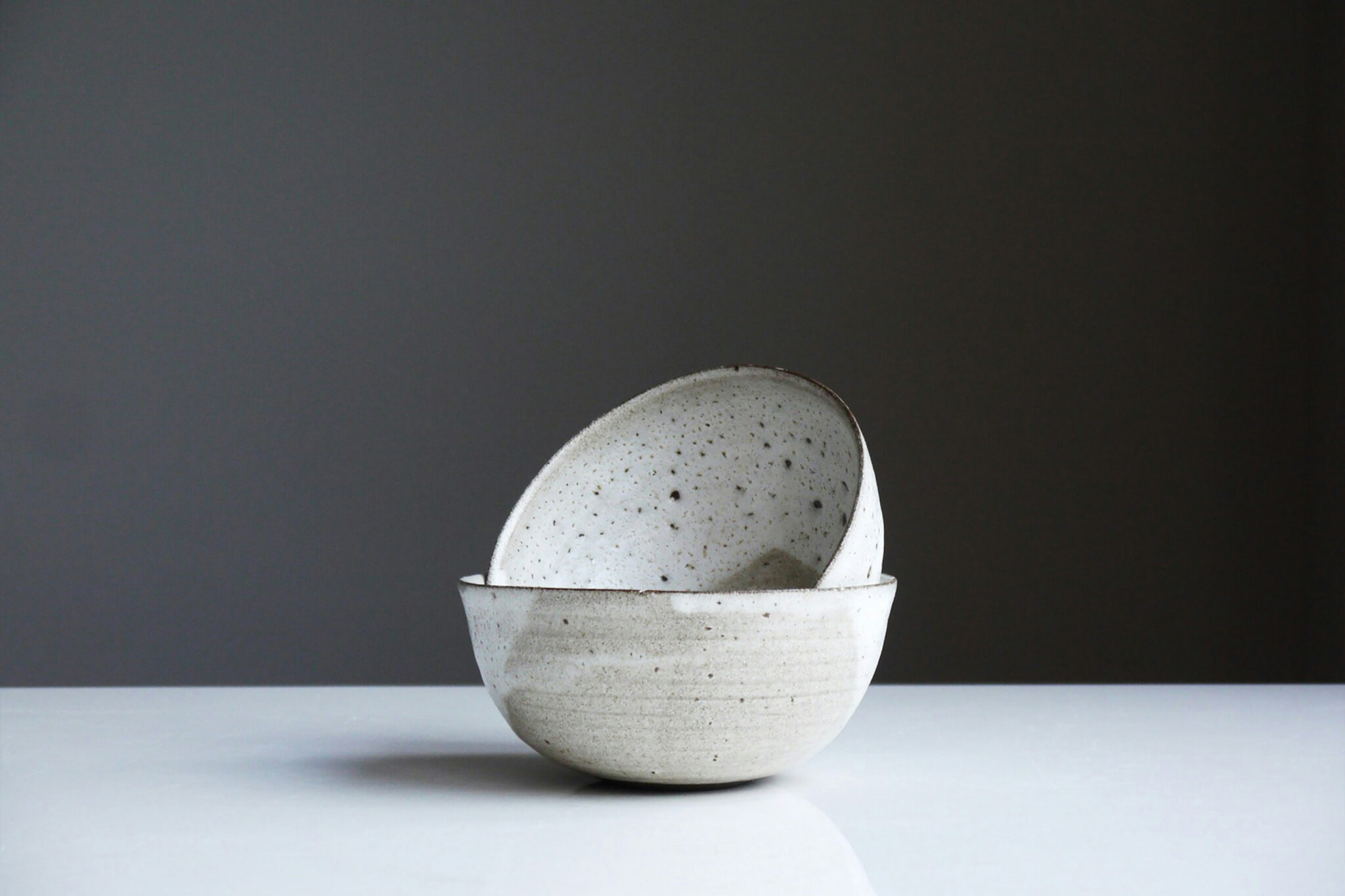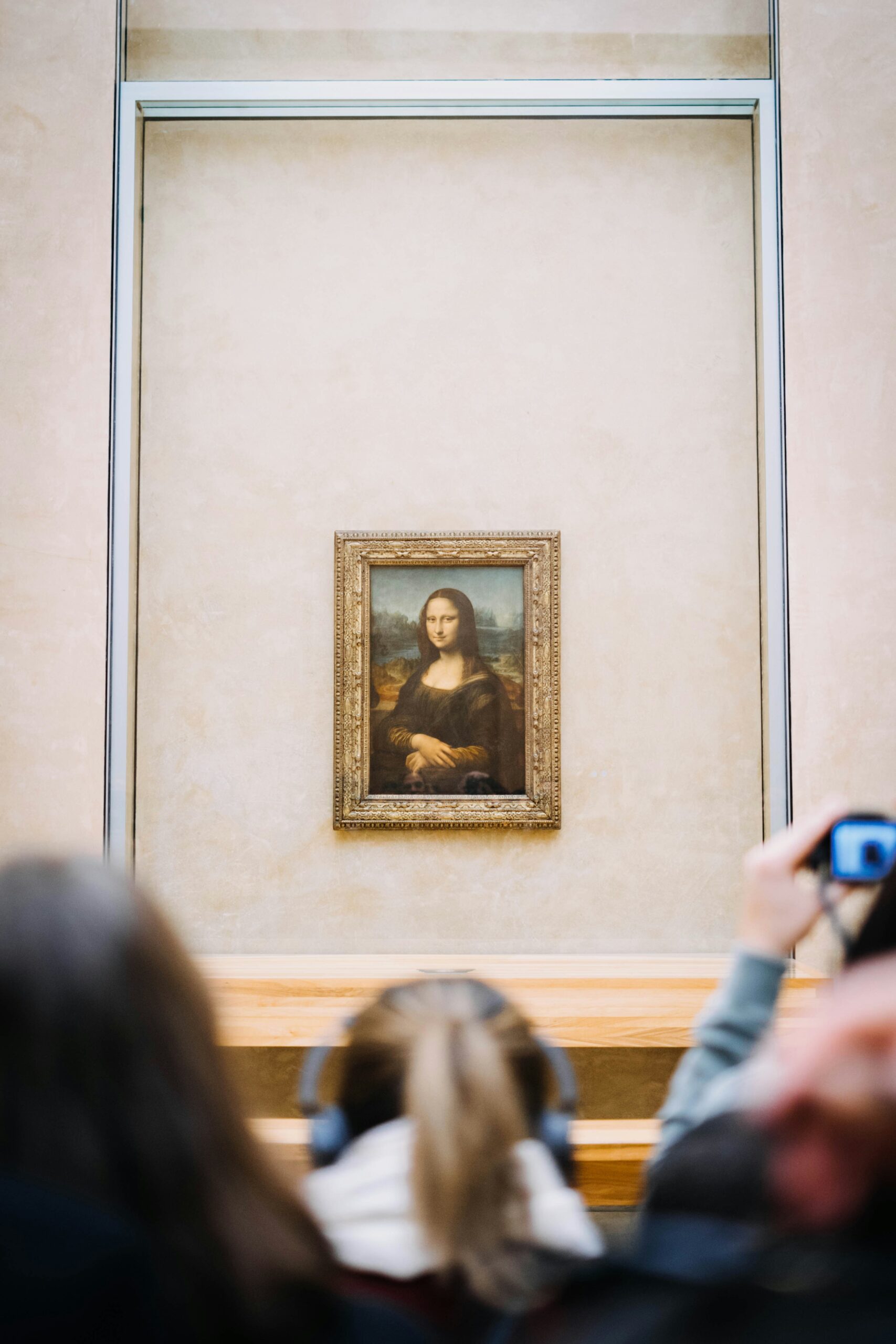On April 13, 2025, EXPO 2025 Osaka Kansai opened its doors to the world under the theme “Designing Future Society for Our Lives.” From its base in Kansai, this bold new Expo sets out to present a never-before-seen vision of what a world’s fair can be.
In today’s hyper-connected world—where we can meet, share, and create with others online anytime—do we really still need a World Expo? And yet, Expos have always transcended national borders to spark creativity and excitement across generations. With that spirit in mind, let’s take a closer look at this Expo through the lens of art and design, BAM-style—and discover how it might help shape a future society where everyone can thrive.
The Story Behind the Expo’s Mascot, Myaku-Myaku
How much do you know about Myaku-Myaku? With its distinctive red-and-blue color scheme and slightly quirky silhouette, this curious figure has been steadily growing in popularity—even before the Expo began. Plush toys at the venue sold out in no time. The character was created by Kohei Yamashita, a picture book author and illustrator from Kobe, who also works in graphic design under the name mountain mountain. He was selected through a public design competition launched in 2021.
The character’s design incorporates the Expo’s already finalized logo as its face, while its blue body—evoking Osaka’s identity as the “city of water”—features droplets that appear to drip from its arms. Yamashita, a lifelong fan of Tower of the Sun, the iconic symbol of the 1970 Osaka Expo, imbued Myaku-Myaku with a sense of eccentricity that recalls the spirit of Taro Okamoto. With a form that morphs like splitting cells or flowing water, the character not only entertains but also embodies the concept of diversity and transformation.
Myaku-Myaku has become something of an internet meme, thanks to fan-made content and crossovers with characters like those from Sanrio. On X (formerly Twitter), it shows up almost daily. What is it about this odd little mascot that continues to fascinate people?
Its Roots in the Edo Era? The Allure of the Strange
Once you’ve seen Myaku-Myaku, it’s hard to forget. With its many eyes and dripping limbs, it almost resembles a yōkai—those supernatural creatures from Japanese folklore. In Japan, the practice of admiring yōkai is said to have gained popularity during the Edo period. Rooted in the Shinto belief that spirits inhabit all things, these beings likely emerged as a way to personify the divine within everyday objects and phenomena. By the mid-Edo period, however, faith in the legends surrounding yōkai began to fade—people started to wonder: were they ever real? Paradoxically, this shift only fueled their popularity. Amid changing government policies and public sentiment, yōkai suddenly became fashionable. They appeared in everything from toys and board games to picture books, ukiyo-e prints, and kabuki theater, helping to establish a rich tradition of character-driven storytelling that lives on today.
Bringing the story back to today—Japan is a powerhouse of iconic characters, from Pikachu and Mario to Hello Kitty. The nation’s fondness for Myaku-Myaku might reflect a uniquely Japanese instinct: the ability to embrace the strange and transform it into something irresistibly kawaii.
Exploring the Expo Through BAM’s Creative Lens
While many visitors flock to the Expo for its bold and imaginative pavilions, the site is also a treasure trove of public art. Throughout the grounds, installations by international artists—each bringing their own cultural, regional, and ethnic perspectives—invite reflection and connection. Through these works, the Expo becomes a space for artistic dialogue across borders.
One standout installation is Forest of Civilizations by Prague-based Subfossil Oak s.r.o. This extraordinary work transforms 6,500-year-old subfossilized oak trees into an ancient forest—each tree dedicated to a participating country. More than 130 rare specimens come together to form a living archive of time. The installation reads like a quiet dialogue between humankind—who has carved out land, cultivated culture, and pursued wisdom—and the natural world, which has borne silent witness to it all. In total, 21 public artworks are on view across the Expo grounds, freely accessible throughout the event.
Until now, we’ve focused on the Expo’s more dazzling aspects. But beyond Japan’s shores, headlines are filled with political uncertainty—and even at home, controversy surrounds the Expo. Osaka’s governor moved ahead with the event despite strong public debate, prompting criticism from various corners. One striking response came from artist Makoto Aida, whose parody of Myaku-Myaku casts a satirical eye on the Expo’s contradictions. Major spectacles come with major weight. And Aida is not alone; many artists continue to respond with critical perspective. Perhaps that’s precisely what art does best: to question, to unsettle, and to offer new ways of seeing.
Will our future shine brightly, or are we standing at a crossroads? Either way, Expo 2025 invites us to imagine new possibilities—together. Running through October 13, 2025, it’s an experience not to be missed.



